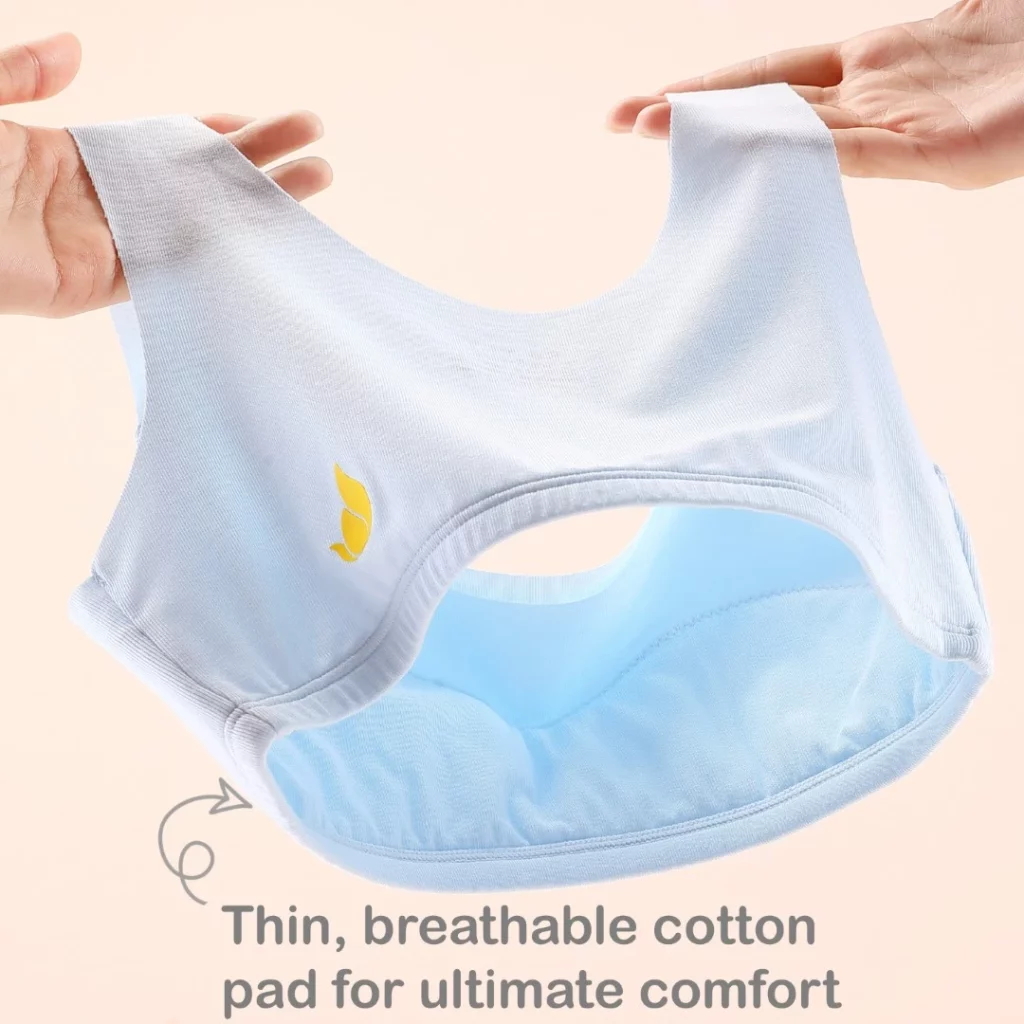Worried about finding clothes your child will actually keep on all day? If getting dressed becomes a struggle because of sensory sensitivities, you’re not alone. Moms everywhere are looking for real solutions. Sensory-friendly clothing 101 starts here—breaking down the fabrics, features, and fit that help every child with unique sensory needs feel comfortable in their clothing.
Understanding Sensory-Friendly Clothing
Sensory-friendly clothing is designed to address the unique sensory challenges many children—especially those with autistic traits or sensory processing disorders—face with regular garments. It isn’t only for children with sensory issues; anyone with sensitivities and preferences can benefit from these modern, adaptive clothing choices.
Why Sensory Sensitivities Matter
Sensory sensitivities can affect how kids experience every aspect of dressing, from the sensation of an itchy tag to the way a seam rubs during play. For children with sensory sensitivities, a scratchy waistband or the wrong fabric texture may cause discomfort, sensory overload, or even meltdowns. Selecting sensory-friendly clothing minimizes irritation, empowers children, and allows them to navigate the world with confidence during their everyday activities.
Key Features of Sensory-Friendly Clothing
Before we jump into the core features, picture how certain textures or awkward seams have caused distress for your child—sometimes leading to meltdowns or resistance to dressing. These design choices aren’t just useful; they directly reduce discomfort and sensory overload for kids with sensory challenges.
| Key Feature | Sensory-Friendly Clothing | Traditional Clothing |
|---|---|---|
| Tagless Labels | No scratchy tags; info printed or seamless | Stiff paper tags or sewn-in tags |
| Seam Style | Seamless or flat seams | Raised or bulky traditional seams |
| Fabric | Soft, breathable fabrics like cotton, modal, bamboo | Itchy, stiff, or synthetic fibers |
| Closure Type | Magnetic, pull-on, easy to put on | Buttons, zippers, hooks |
| Waistband | Gentle, non-binding | Tight elastic or rough stitching |
| Compression Features | Lightly compressing for soothing sensation | Rare or non-existent |
| Design Extras | No overstimulating details, inclusive & adaptive | Loud prints, irritating textures |
Fabrics & Materials: What Truly Works
Understanding sensory preferences starts with knowing which fabrics work best. For many kids, materials like modal, bamboo, and cotton top the list. These soft fabrics prioritize comfort and minimize sensory irritation—not just for autistic children or those with physical needs, but for every child seeking comfort and enjoyment in their clothing.
Look for clothing brands that emphasize:
- Breathable fabrics: Let skin breathe by selecting clothes that wick moisture and avoid overheating.
- Opt for soft fibers: Rough or stiff fabrics can irritate and create negative tactile sensations.
- Compression features: Some children feel at ease with gentle compression that offers a soothing sensation, reducing sensory overload during everyday activities.
| Fabric | Benefits for Sensory-Friendly Clothing | Sensory Experience |
|---|---|---|
| Cotton | Soft, breathable, hypoallergenic | Gentle against skin, minimal irritation |
| Modal | Flexible, ultra-soft, moisture-wicking | Smooth sensation, reduces friction |
| Bamboo | Eco-friendly, anti-bacterial, lightweight | Cool feel, perfect for kids with tactile sensitivities |
| Polyamide blends | Durable, stretchy, smooth | Allows for flexibility, seamless construction possible |
Practical Tips for Choosing Sensory-Friendly Clothing
Selecting sensory-friendly clothing doesn’t have to be complicated. Here are some practical tips for finding the right sensory-friendly options for your child:
- Always check for tagless labels and seamless construction.
- Let your child feel the fabric before buying—some kids have very specific sensory preferences.
- Stick to breathable fabrics and soft materials like cotton, modal, or bamboo.
- If your child struggles with buttons or zippers, find easy to put on adaptive clothing designs.
- Remember, every child is different. Some prefer snug fits for a sense of compression, while others may need extra room to move freely.
For more shopping ideas, Senseational You and WonderBaby have great lists of sensory-friendly clothing for kids.
Suyiyi: Sensory-Friendly Clothing that Empowers Kids
Here at Suyiyi, every garment is thoughtfully designed with sensory-friendly features in mind. Our bras and training bras offer:
- Seamless designs to minimize sensory discomfort
- Soft, breathable fabrics for all-day comfort
- Tagless labels, gentle waistbands, and fits for every body type
- Adaptive options for autistic children and anyone with sensory challenges
Discover our best sensory-friendly bras, get tips for autism-friendly bras, or find solutions for bra-irritating skin. Want to experience the comfort firsthand? Shop Suyiyi Sensory-Friendly Bras and see how sensory-friendly clothing empowers kids to feel at ease and enjoy every day.

FAQs
What is sensory friendly fabric?
Sensory friendly fabric refers to breathable, soft materials like cotton, modal, and bamboo that reduce irritation and feel gentle against the skin. These fabrics prioritize comfort for kids with sensory sensitivities.
What does sensory friendly mean?
Sensory friendly means clothing (or any environment or product) that minimizes overstimulating features, uses inclusive design, and aims to reduce sensory overload so children with sensory issues feel comfortable.
Are there sensory-friendly clothing options for sports or active kids?
Yes! Sensory-friendly clothing brands like Suyiyi and others offer adaptive clothing lines for active children, featuring seamless construction, soft fabrics, and comfortable fits so every child can participate comfortably.
How do I know if a garment is sensory-friendly?
Look for key features like tagless labels, seamless or flat seams, gentle waistbands, breathable fabrics, and easy to put on designs. Reading reviews and letting your child try on clothing also helps.
Do only autistic children need sensory-friendly clothing?
No, sensory-friendly clothing empowers children with a wide range of sensory sensitivities, not just those on the autism spectrum. Many kids—and even adults—benefit from soft fabrics and comfortable fits that reduce discomfort and sensory overload.
What steps can I take to reduce irritation from clothing?
- Prioritize comfort: Choose sensory-friendly clothing made from soft, breathable fabrics.
- Avoid scratchy or stiff materials.
- Opt for seamless socks and underwear, and wash new clothes before wearing.
Can sensory clothing help with meltdowns?
Clothing that’s gentle against the skin, with the right fit and features, can help prevent sensory overload and even meltdowns by reducing discomfort related to dressing and fabric sensation.
What are the benefits of sensory-friendly clothing?
The main benefits are reducing sensory overload, empowering kids to participate in activities, minimizing irritation, promoting comfort and enjoyment, and allowing every child to navigate the world with confidence.
Sensory-friendly clothing isn’t just a trend—it’s about making sure every child can feel comfortable in their clothing and enjoy every activity, every step of the way. If you’re ready to prioritize comfort and empower your child, sensory-friendly clothing choices from Suyiyi could be the answer you’ve been seeking.
